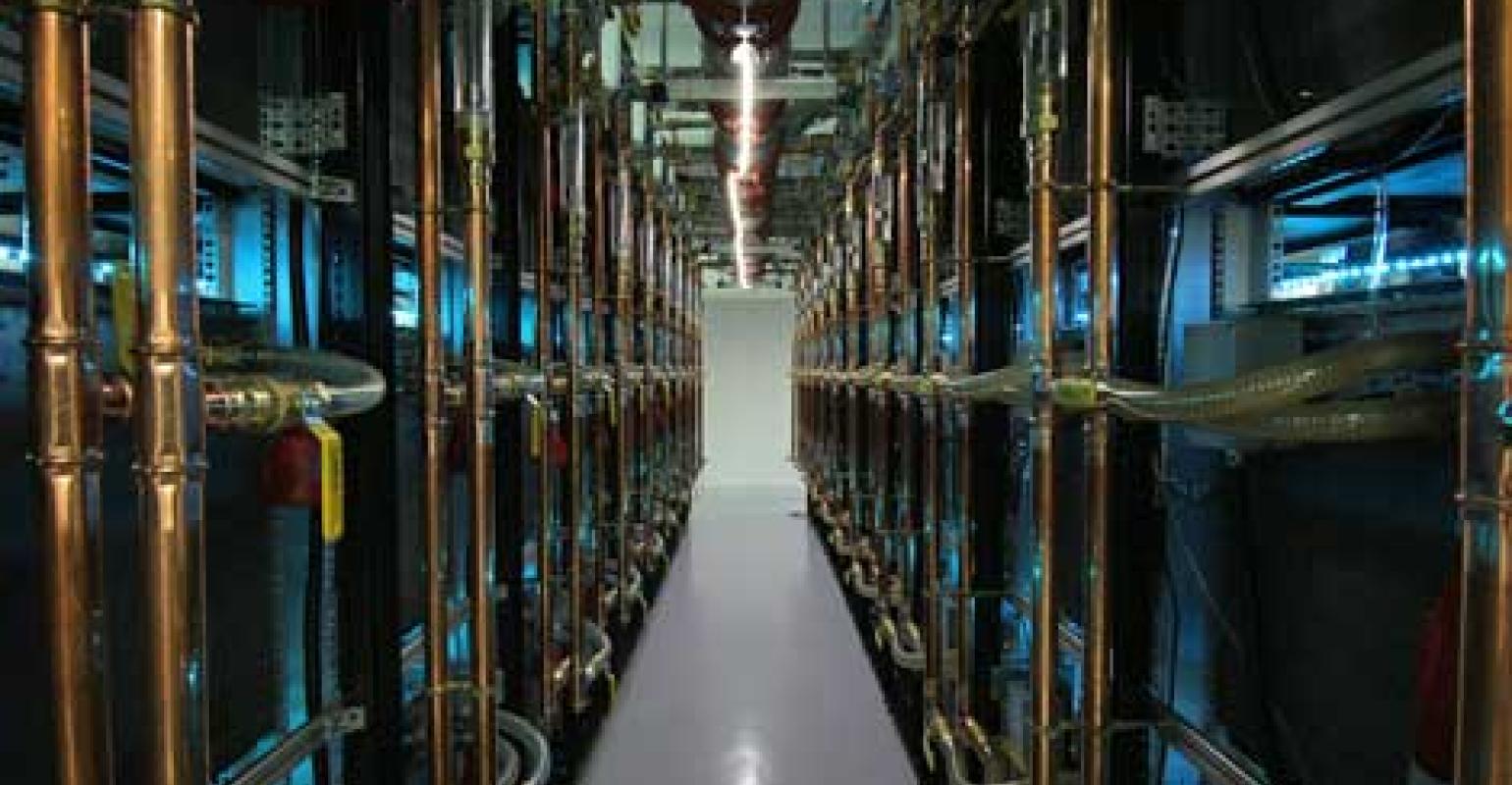An arm immersion cooling system is a portable heat stress prevention unit that allows users to immerse their hands and forearms to reduce body heat.
Arm immersion cooling system.
Usariem is developing an arm immersion cooling system aics which is designed to provide rapid cooling during rest breaks or after training events where heat stress is high.
We developed an arm immersion cooling aic system that is not logistically burdensome and may be easily employed in training environments.
Providing an arm immersion cooling system for workers at a cooling station is an administrative control that can help prevent health problems from heat and sun exposure.
The ice system enables up to six users to rapidly cool their core temperatures within minutes and allows for immediate treatment of exertional heat injury by means of cold water immersion.
Physical work high ambient temperature and wearing protective clothing can elevate body temperature and cardiovascular strain sufficiently to degrade performance and induce heat related illnesses.
To examine the effect of aic on ehi incidence severity and treatment costs during ranger school.
The aics can help.
We have developed an arm immersion cooling system acs as to means to provide cooling in a military training environment.
We have recently developed an arm immersion cooling system aics for use in military.
Tradoc regulation 350 29 7 3 conduct cold injury prevention and treatment training for all subordinate leaders prior to 15 october each year.
The arm immersion cooling system provides cooling in the field training environment.
We have recently developed an arm immersion cooling.
The immersion cooling equipment ice system is a lightweight portable and durable solution for preventing and treating heat stress in military personnel first responders athletes and more.
A number of studies have reported the effects of extremity immersion in cool water for accelerating the rate of body cooling after an event or during rest intervals.
July 25 2012 according to the fort benning safety office the number of yearly heat injuries has been in decline since 2009.
Army research institute of environmental medicine.

